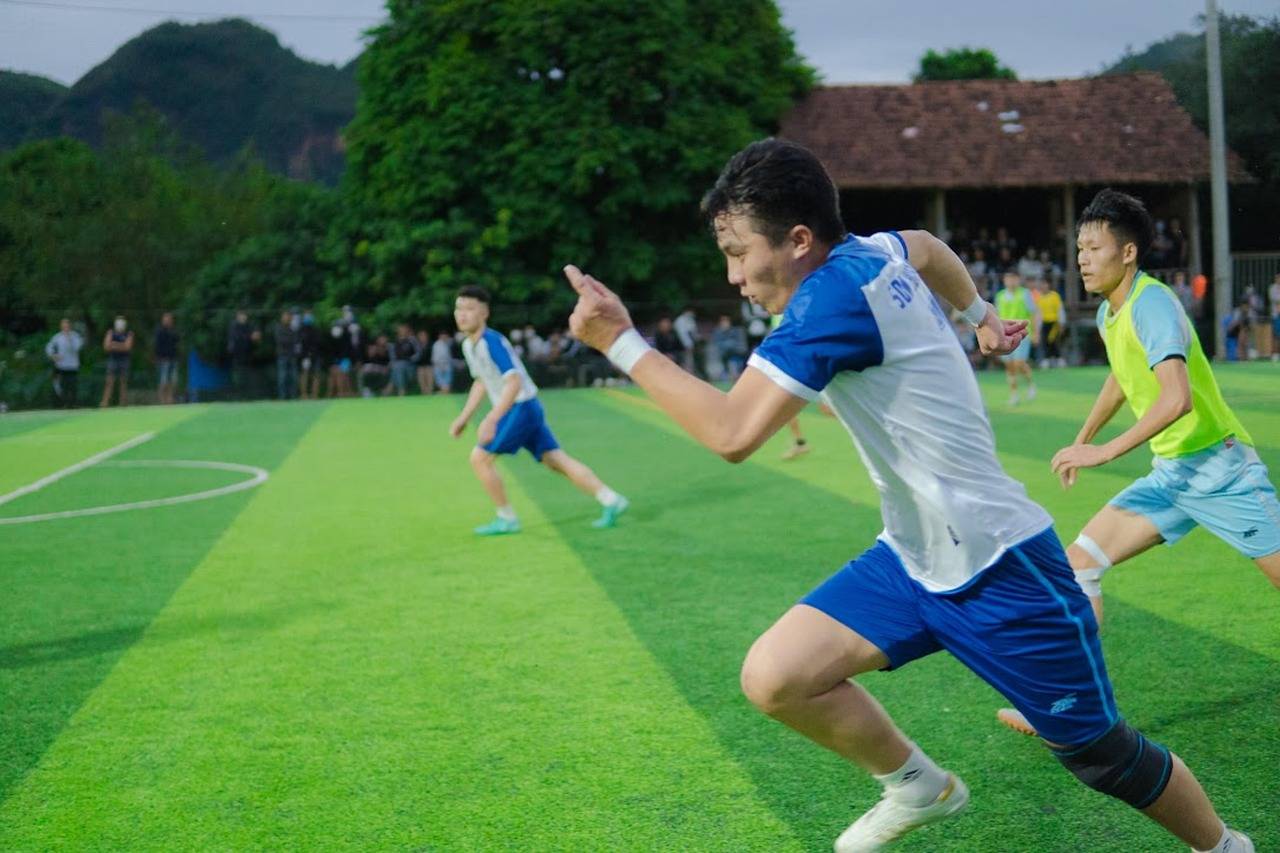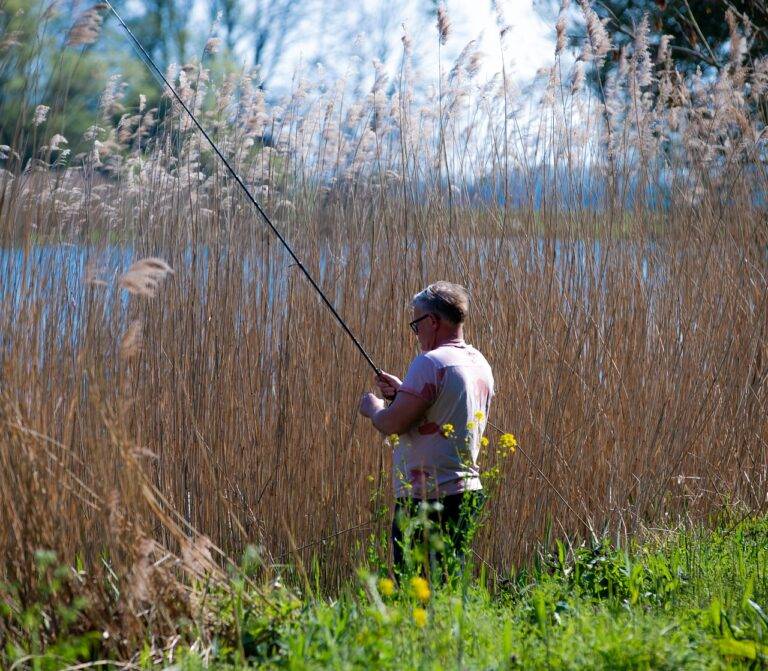The Influence of Social Media Trends on TV Show Storylines
In the early days of television, TV show storylines were often simplistic and episodic in nature. Viewers could tune in at any point and easily follow the story without much background information. For example, classic sitcoms like “I Love Lucy” or “Leave It to Beaver” primarily featured self-contained episodes with little long-term narrative arcs woven throughout the series.
However, as television storytelling evolved, so did the complexity of TV show storylines. Serial dramas like “The Sopranos” and “Lost” began to gain popularity, introducing multi-episode story arcs that required viewers to invest in the entire season to fully grasp the plot. This shift towards serialized storytelling allowed for deeper character development, complex plot twists, and overarching narratives that captivated audiences and kept them coming back for more.
The Impact of Social Media on TV Show Development
TV show development has undergone a significant transformation with the rise of social media platforms. Creators now have direct access to immediate feedback and opinions from viewers around the world. This real-time interaction allows for a dynamic exchange of ideas and influences the direction of TV show storylines.
Additionally, social media opens up new avenues for audience engagement and participation. Viewers can express their thoughts, theories, and reactions to episodes, creating an interconnected community of fans. This direct line of communication between creators and fans has revolutionized the way TV shows are developed, with writers often incorporating popular fan theories or addressing feedback in their narratives.
How Social Media Trends Shape TV Show Narratives
In the realm of television, social media trends have become a key driving force in shaping the narratives of TV shows. Platforms like Twitter, Facebook, and Instagram provide immediate feedback loops for creators and networks to gauge audience reactions and preferences in real time. This instant connection with viewers allows show developers to tailor storylines and character arcs to better resonate with the audience.
Furthermore, social media trends not only influence the content of TV shows but also impact how stories are told. With the rise of memes, fan theories, and online discussions, show narratives have started incorporating elements that prompt engagement and speculation among viewers. This interactive storytelling approach creates a symbiotic relationship between the audience and the show, enhancing the overall viewing experience and fostering a sense of community among fans.
How have TV show storylines evolved over time?
TV show storylines have evolved to reflect current social issues, technology advancements, and changing viewer preferences.
In what ways does social media impact TV show development?
Social media allows for instant feedback from viewers, which can influence plotlines, character development, and even casting decisions in TV shows.
Can you provide examples of how social media trends have shaped TV show narratives?
Yes, for example, fan theories and discussions on social media platforms can influence the direction of a TV show’s storyline or even lead to the creation of new plot twists.
How do TV show creators use social media trends to engage with audiences?
TV show creators often engage with audiences on social media platforms to gauge reactions, tease upcoming episodes, and generate buzz around their shows.





